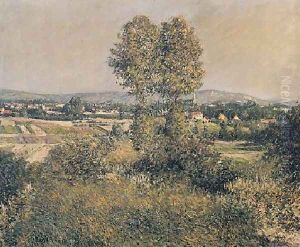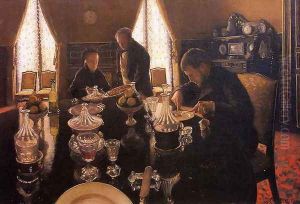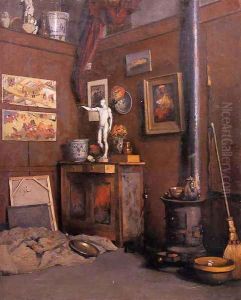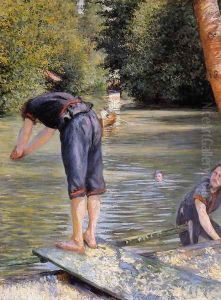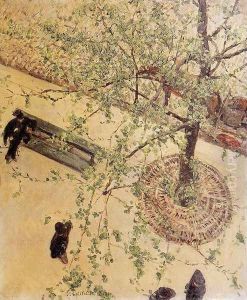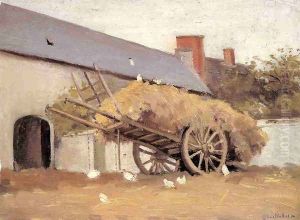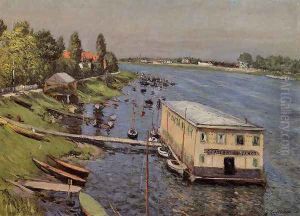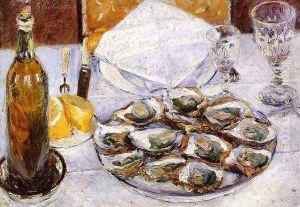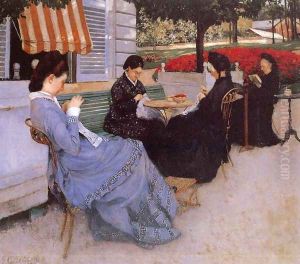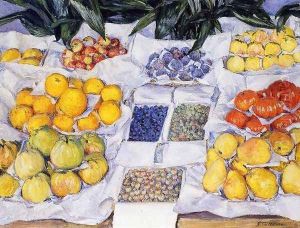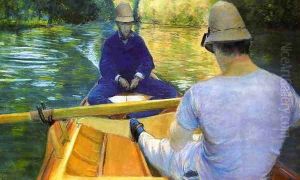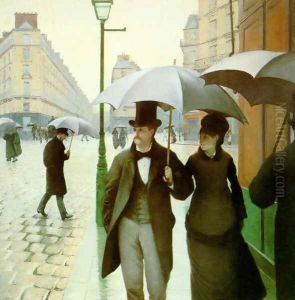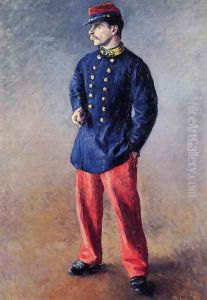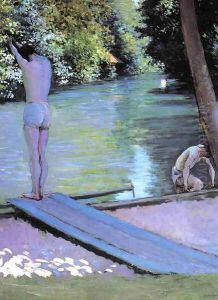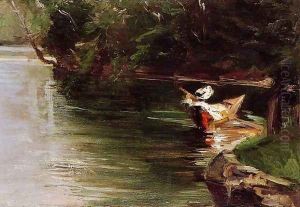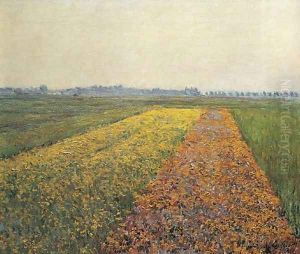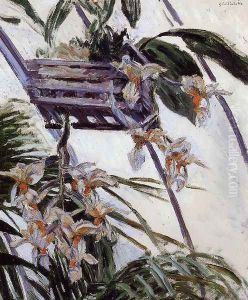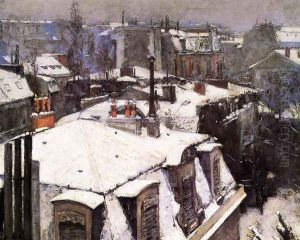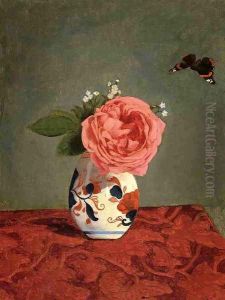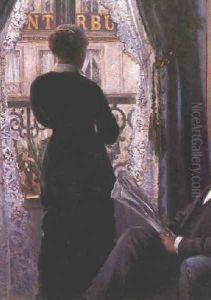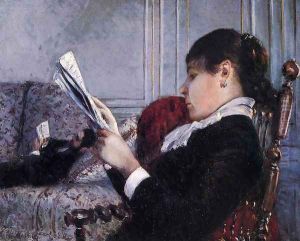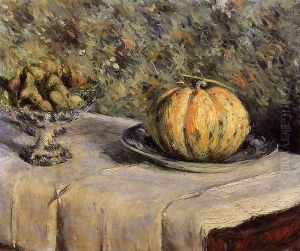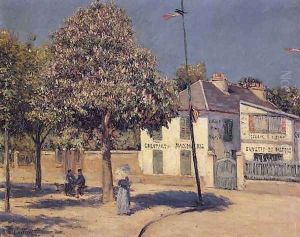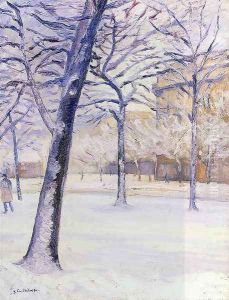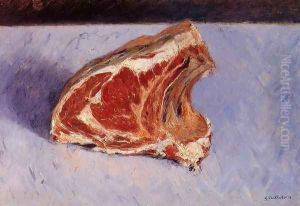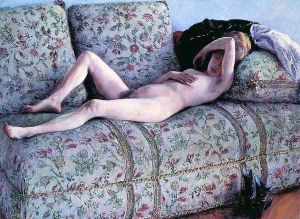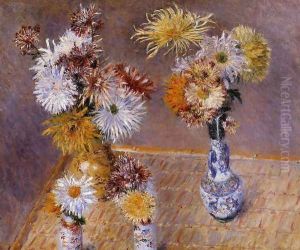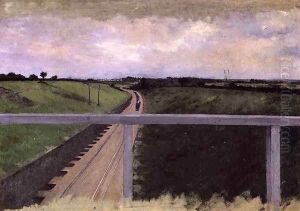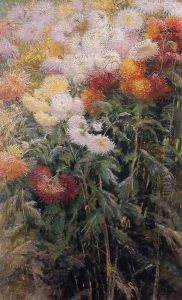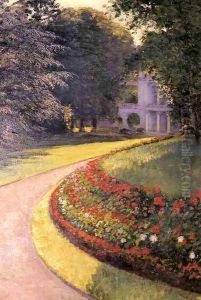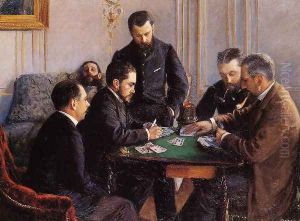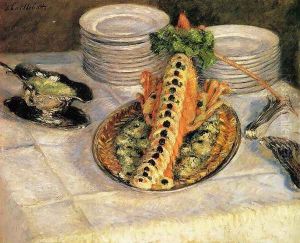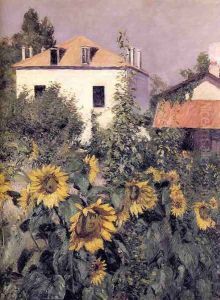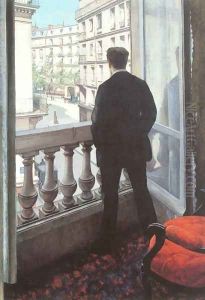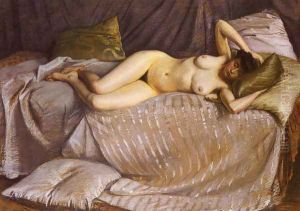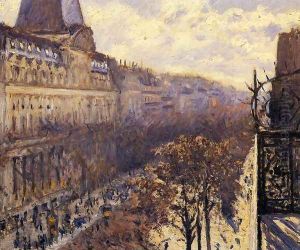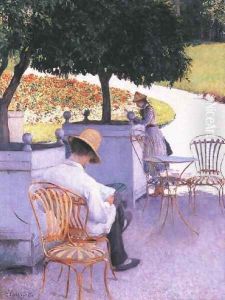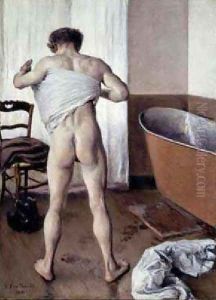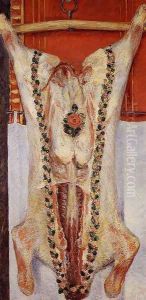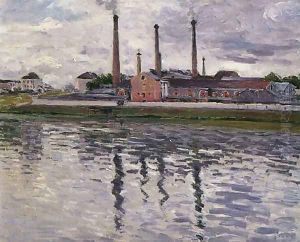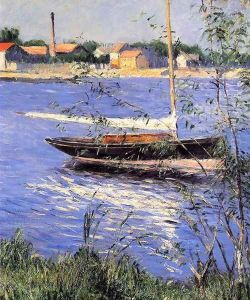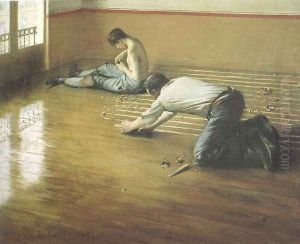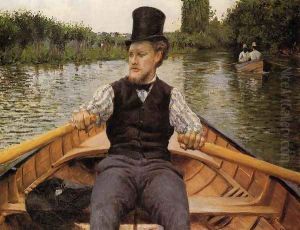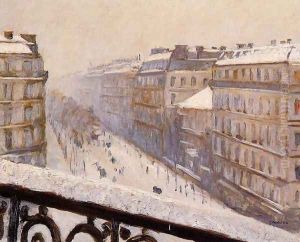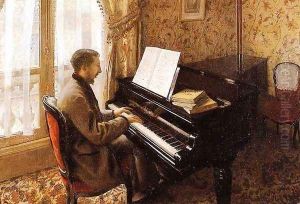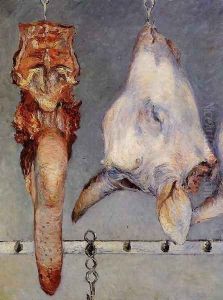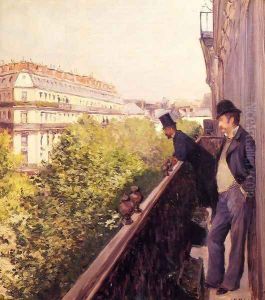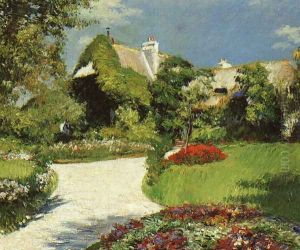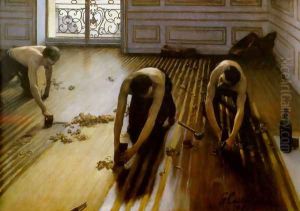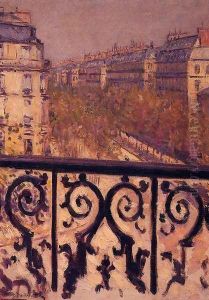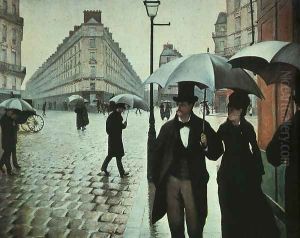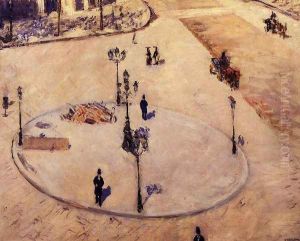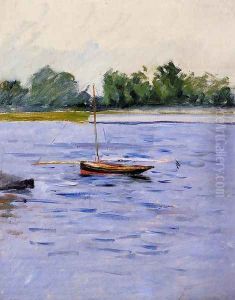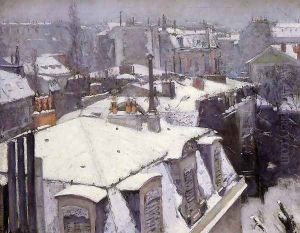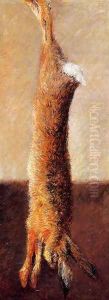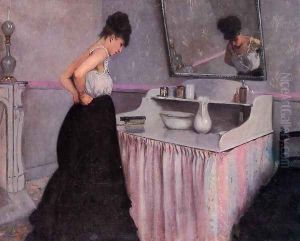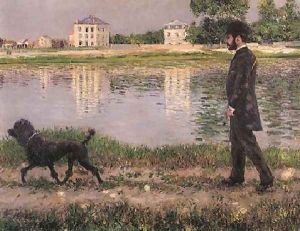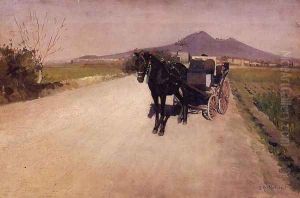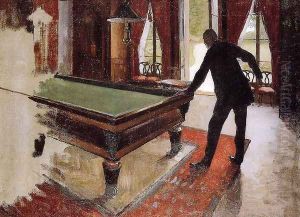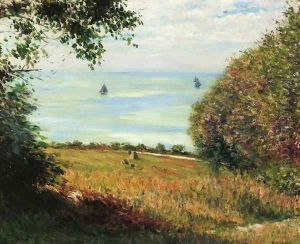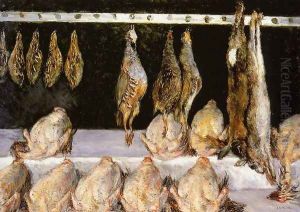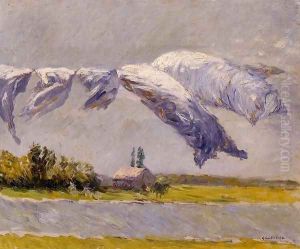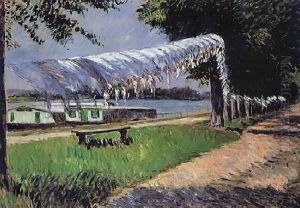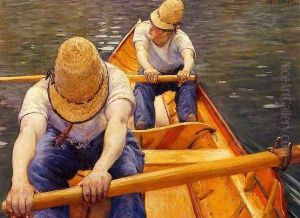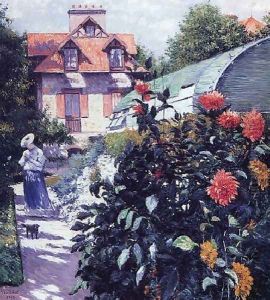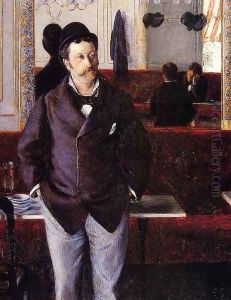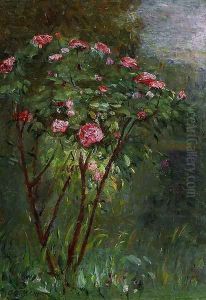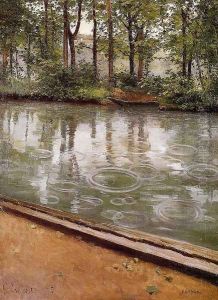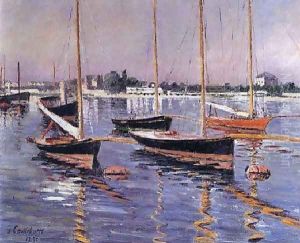Gustave Caillebotte Paintings
Gustave Caillebotte was a significant French painter and patron of the arts, born on August 19, 1848, in Paris, France. He is best known for his involvement with the Impressionists, though his own style often leaned more towards realism. Coming from a wealthy family, Caillebotte was not only a talented artist but also a generous benefactor, who supported his fellow artists both financially and through his efforts to promote their work.
Caillebotte pursued legal studies and earned a degree in law in 1868, but his passion for art led him to enroll at the École des Beaux-Arts in Paris in 1873. He was deeply influenced by his study and friendship with several artists who were part of the Impressionist movement, including Edgar Degas, Claude Monet, and Pierre-Auguste Renoir. Unlike many of his contemporaries who struggled financially, Caillebotte's wealth allowed him to paint without the pressure to sell his art, giving him a unique position within the artistic community of the time.
He exhibited for the first time with the Impressionists in their second exhibition in 1876, and his work was noted for its bold perspectives and detailed depictions of Parisian life. Some of his most famous paintings include 'Paris Street; Rainy Day' (1877) and 'Floor Scrapers' (1875), which demonstrate his interest in capturing mundane moments with extraordinary precision and depth.
Beyond his artistic endeavors, Caillebotte played a crucial role in supporting the Impressionist movement. He helped finance exhibitions, purchased works from his struggling peers, and was instrumental in organizing the Impressionist exhibitions. Perhaps his most lasting contribution to the art world was his bequest of his vast collection of Impressionist paintings to the French state upon his death. This collection formed the nucleus of the Impressionist holdings of the Musée d'Orsay in Paris.
Caillebotte's interests were not limited to art. He was an avid sailor and boat designer, a passion that is reflected in several of his paintings. Despite his significant contributions to the arts and the legacy of Impressionism, Caillebotte was somewhat overshadowed by his more famous peers during his lifetime and for many years after his death on February 21, 1894. It was not until the late 20th century that his work received renewed attention and appreciation, leading to a reevaluation of his place within the Impressionist movement and the broader history of art.
